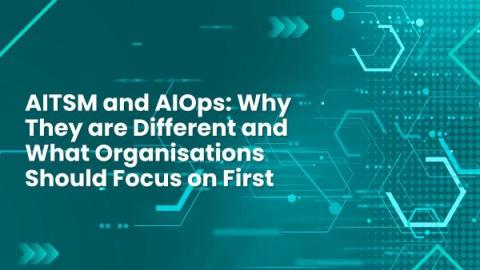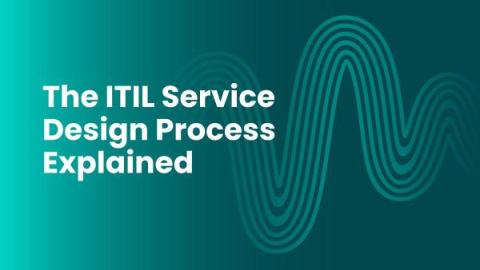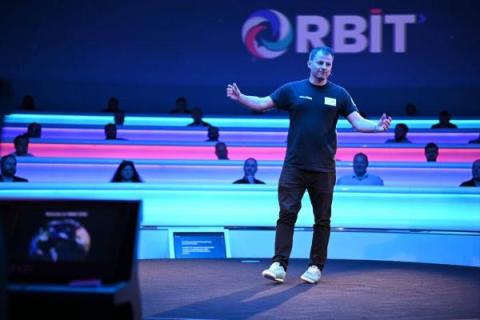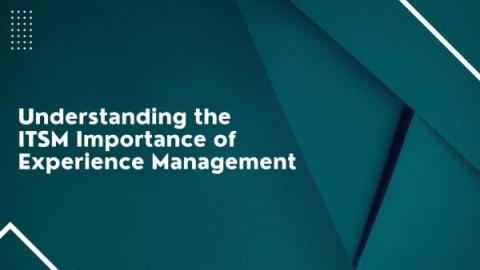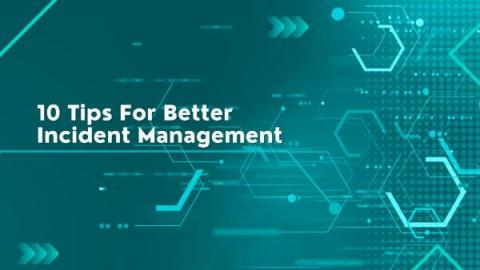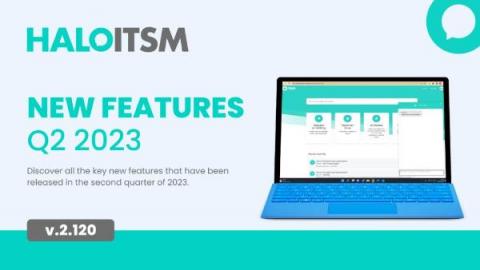Teams | Collaboration | Customer Service | Project Management
Latest Posts
The Importance of Swarming and Collaboration in IT Support
Much of what IT service desks “do” in terms of IT support has been industry best practice for decades. For example, the tier-based approach to ticket handling – where a ticket starts with Level 1 support staff before progressing to Level 2 and potentially Levels 3 and 4 when an immediate fix isn’t available. Your organisation might still be using this approach. After all, it has long worked well in reducing fix times and delivering better employee experiences.
AITSM and AIOps: Why They are Different and What Organisations Should Focus on First?
There’s a lot of interest in the opportunity of artificial intelligence (AI) for IT service management (ITSM), especially with the media hype caused by ChatGPT and other generative AI tools. This is not only influencing ITSM tool product development, it’s also had an impact on “marketing machines” and the terms employed to help sell products and services.
The ITIL Service Design Process Explained
ITIL, the service management and IT service management (ITSM) body of guidance formerly known as the IT Infrastructure Library, is built on the premise of IT managed as a service. Or, more specifically, IT service delivery and support.
Halo Orbit 2023 - Where Innovation Took Flight
Halo hosted its inaugural Orbit conference, welcoming 150 partners at the McLaren Technology Centre – an exclusive privilege thanks to our Official Technology Partners at McLaren Racing. In the spirit of transparency, CEO Paul Hamilton guided partners through our philosophy, major company updates, stats and financial figures, paving the way for a deep dive of HaloITSM, while HaloPSA and HaloCRM showed how we are revolutionising the service delivery of MSPs and customer service respectively.
Understanding the ITSM Importance of Experience Management
Unless you’ve been “living under a rock” for the last few years, you should have seen the increased focus of IT service management (ITSM) and particularly the IT service desk on employee experience. At the start of 2022, Axelos research data found that “Two-thirds of survey respondents (67%) stated that their organisations understand the need to deliver a better employee experience, with another 18% expecting them to during 2022.
10 Tips for Better Incident Management
Incident management can mean many things, depending on your work. For example, it can describe an organisation’s activities to identify, analyse, and correct hazards. In many ways, this definition’s identification, analysis, and correction element is valid for most incident management use cases, whatever the description of “incident”.
HaloITSM New Features Q2 2023
We’ve introduced several new features, updates and integrations in the second quarter of 2023. We would like to take this opportunity to showcase some of the key new features that have been released during the fist quarter of this year. As an organisation, we would like to thank all of those who have provided feedback and suggestions for new features. We always have and will continue to take into account our clients ideas, in addition to our pool of thoughts internally.
McLaren Racing Announces HaloITSM as an Official Technology Partner
McLaren Racing today announced Halo, the fastest growing IT Service Management (ITSM) and Professional Services Automation (PSA) software provider, as an Official Partner of the McLaren Formula 1 Team from 2023. The partnership will support the McLaren F1 Team in enhancing its productivity through Halo’s industry-leading IT service management platform, HaloITSM.
Serving and Supporting New Ways of Working Better
So much has happened socially and in the workplace in the last few years. As a result, various factors have changed the corporate demands on IT service management (ITSM). There’s the increased corporate reliance on technology, new ways of working (usually based on digital transformation, which increases the dependence on technology even more), the need to reduce costs, and higher employee expectations of IT service delivery and support.




